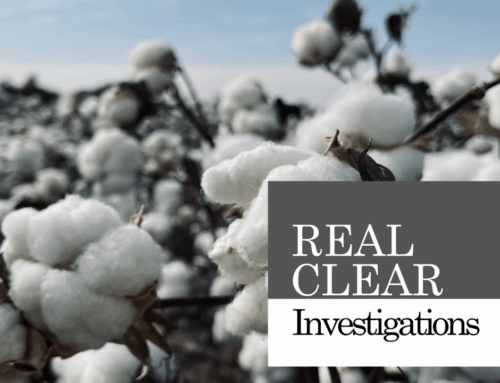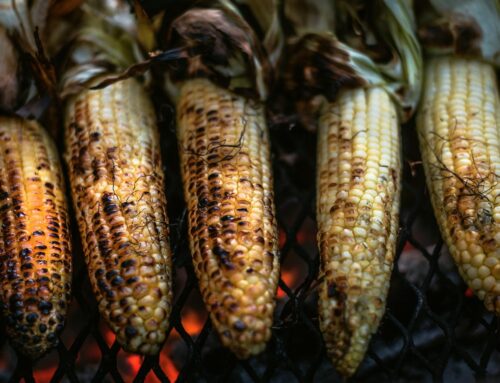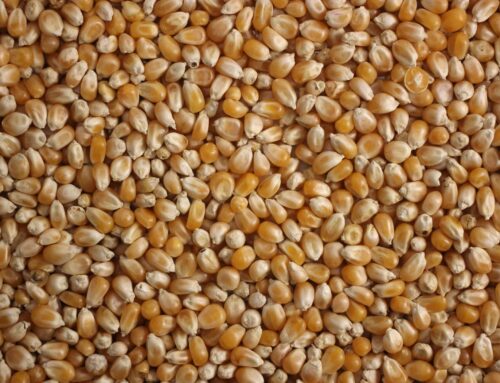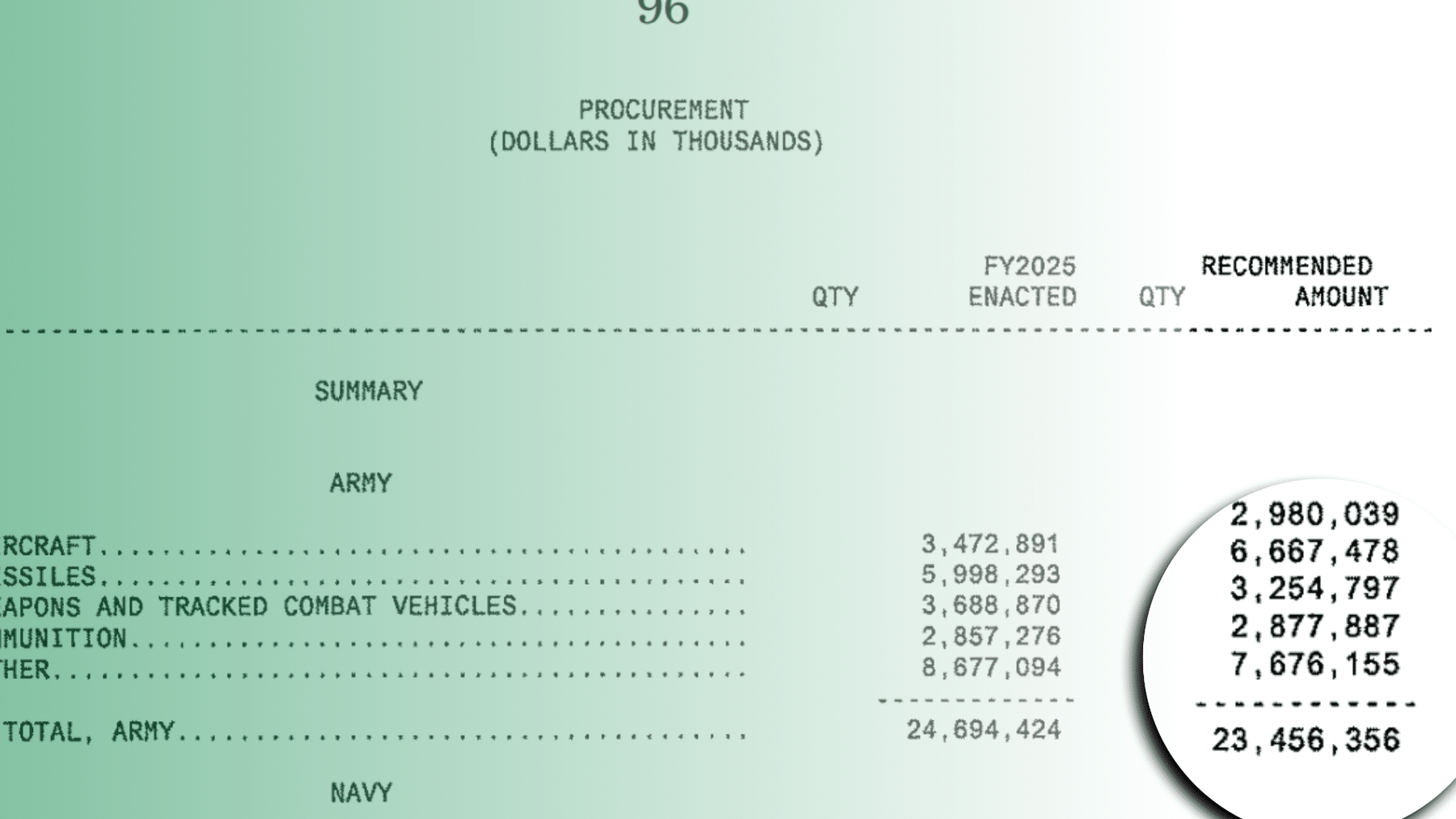Lawmakers love piling on special pet projects for their special someones. The Senate and House Agriculture Committees are no different. At every turn of the farm bill debate of the last three years members have added special exceptions and mandates for special interests. The product of this Congressional spending spree is a $956 billion bill that provides dozens of carve-outs and handouts for everything from peanuts to popcorn.
Already, the highly subsidized federal crop insurance allows 122 crops to receive taxpayer subsidies. On average, Uncle Sam generously pays 62 cents out of every dollar of farmer’s insurance premiums. In 2012, the Agriculture Committees added at least five new crops to the federal insurance program and expanded coverage for six other crops. After various special interest lobbyists saw what was possible in 2012, they decided to push for even more carve-outs in 2013 and 2014. The farm bill conference report that passed the House today 251-166 includes several special interest carve-outs, many of which will increase the taxpayer cost of the federal crop insurance program in the future.
Below is a list of some of the special interest carve-outs added to the farm bill, mostly categorized by how outrageous the new spending sounds to the average taxpayer.
- Temperate japonica rice (sushi rice): Temperate japonica rice, native to China and used primarily in sushi, is added as an eligible crop for government guaranteed prices in the shallow loss and target price programs. It has a government-guaranteed price of 115% the market price for rice.
- U.S. Atlantic Spiny Dogfish: new study is authorized in the final 2014 bill.
- Santa’s reindeer (farm-raised deer and elk): Sen. Hoeven (R-ND) convinced the Senate Agriculture Committee to tack on research grants to prevent and diagnose diseases affecting farmed deer and elk, which also made it into the final bill.
- Sheep Industry Improvement Center: received $1.5 million in the final 2014 bill even though House voted to repeal the program.
- Christmas trees: industry-funded promotion, research and information program authorized in final 2014 bill for fresh cut Christmas trees.
- Pennycress: Rep. Schock (R-IL) was successful in securing a voice vote to add pennycress as a new crop to receive crop insurance subsidies. Pennycress is used in biodiesel production in IL.
- Maple syrup: New grants to support the domestic maple syrup industry are authorized in the final farm bill’s Acer Access and Development Program.
- Popcorn: popcorn was unilaterally added to the Senate farm bill as a crop eligible for commodity crop subsidies, such as the new “shallow loss” income guarantee program. In the final manager’s report accompanying the final 2014 bill, Ag Committee leaders “intend for popcorn and hybrid seed to become eligible for Supplemental Coverage Option (SCO) shallow loss subsidies.”
- Catfish: Both the House and Senate farm bills included a margin insurance study for catfish that made it into the final 2014 bill. Now taxpayers will be on the hook for ensuring that catfish farmers in states like Mississippi and Arkansas earn a profit every year. In addition, two federal catfish inspection offices remain, one at USDA and another at FDA, so Sen. McCain’s (R-AZ) amendment failed to be included even though it passed by voice vote in 2012 (but was denied a vote on the 2013 Senate farm bill) and passed through both the House Agriculture Committee and final 2013 House bill.
- Cotton: The cotton lobby convinced the Agriculture Committees to create a stand-alone program for the one and only cotton. The Stacked Income Protection Plan (STAX) would stack more subsidies on top of an already generous safety net for cotton producers – including marketing loans, payments to satisfy trade disputes, direct payments (which are continued through Fiscal Year 2014-15 under another name – transition assistance – for no other crop in the final 2014 farm bill other than cotton, costing taxpayers $558 million), among others. This highly subsidized program (taxpayers cover 80 percent of the cost) would guarantee that cotton producers never experience more than a 10 percent drop in their annual income, something available in no other industry. A Cotton Disease Research report is also required in the Research Title.
- Food safety: The inclusion of priority consideration for taxpayer-subsidized food safety recall insurance was originally backed by Rep. Cardoza (D-CA) and Sens. Feinstein (D-CA) and Chambliss (R-GA).
- Peanuts: Even though peanuts use alternative risk management strategies, USDA would be required to develop a revenue guarantee policy for peanuts. The agency will have to devise its own price for peanuts to determine expected revenue since a futures market doesn’t even currently exist to accurately price peanuts. There is an “adjustment” section allowing the USDA Risk Management Agency and Federal Crop Insurance Corporation to adjust the price as needed “to correct distortions.” IF there is an adjustment it has to be done in an open and transparent manner and a report must be sent to the Ag Committees. Peanuts also receive their own $125K payment limit for commodity programs.
- Poultry producers: Poultry and livestock producers are singled out for priority consideration of taxpayer subsidized business disruption and catastrophic disease insurance policies. Champions of these special interest policies include Reps. McIntyre (D-NC) and Kissell (D-NC) and Sens. Coons (D-DE) and Chambliss (R-GA). Producers also received a new “surveillance program for low pathogenic avian influenza for commercial poultry” in the final bill.
- Rice: Rice receives priority consideration for crop insurance subsidies in the final farm bill despite the fact that it receives numerous other subsidies, including taxpayer subsidized loans, government-set target prices, among others.
- Specialty crops: In the final farm bill, specialty crops receive priority consideration for crop insurance subsidies. However, some specialty crops use private sector risk management tools or are already coming off recent banner years of profits (for example, pistachios and pumpkins).
- Sugarcane: Another crop receiving priority consideration for crop insurance subsidies is sugarcane despite the existence of an entire farm bill section to prop up the industry.
- Sweet or biomass sorghum: In this farm bill alone, there are subsidies to plant, collect, harvest, store, and transport crops used for biofuels production; more subsidies to research, develop, refine, and produce the biofuel; and yet more taxpayer dollars to power the refining facility. As if this subsidy supply chain wasn’t long enough, the Agriculture Committees (more specifically Sens. Donnelly (D-IN) and Roberts (R-KS)) tacked a provision onto the 2013 Senate farm bill that will likely lead to future crop insurance for sorghum so the crop can be used in ethanol production. This provision was included in the final 2014 farm bill.
- Swine: The final farm bill directs USDA to study catastrophic disease insurance for swine. Federal policies have already spurred the concentration of animals into confined feeding operations, and subsidies cover the cost of managing livestock waste. Now taxpayers will be forced to cover costs of disease outbreaks too? A “Sense of Congress” provision was also added urging the Secretary of Agriculture to recognize the threat feral swine pose to the agricultural industry and to prioritize eradication of feral swine.
- Pulse crops (dry peas, beans, and lentils): Sen. Cantwell (D-WA) successfully secured an amendment on the Senate floor to add taxpayer spending for “encouraging greater awareness and interest in the number and variety of pulse crop products available to schoolchildren.” This is included in the final 2014 farm bill as well.
- Alfalfa: 2013 House bill includes priority consideration for alfalfa crop insurance, and the Senate voted 72-18 on amendment #987 to add a similar provision to the 2013 Senate farm bill. The Senate amendment was offered by Sen. Moran (R-KS). This provision was added to the final 2014 farm bill.
- Olive oil: A fight over olive oil imports bubbled up in the House (due to provisions added to the underlying bill) and is also pending in the Senate. Members such as Sens. Chambliss (R-GA), Feinstein (D-CA), and Isakson (R-GA) argue that their olive grower constituents are losing out to mislabeled olive oil imports so they offered an amendment to prohibit imports unless specific quality measures are met. Language on this topic was included in the farm bill manager’s report, stating that USDA and other agencies should take olive oil trade issues into consideration.
- Cotton, wool, and citrus: The Senate farm bill, at the behest of Sen. Baucus (D-MT), established trust funds for cotton, wool, and citrus to be known as the following: “Pima Cotton Trust Fund,” “Agriculture Wool Apparel Manufacturers Trust Fund,” and the “Citrus Disease Research and Development Trust Fund.” While no known cotton or citrus is grown in Montana, as Chairman of the Finance Committee, Sen. Baucus brought up similar legislation for a successful vote in 2012 that evidently didn’t become law. However, this language was included in the final 2014 farm bill.
- Coffee Plant Health Initiative: authorized in the final 2014 bill.
- Corn and soy meal high-priority research and extension area: authorized in the final 2014 bill.










